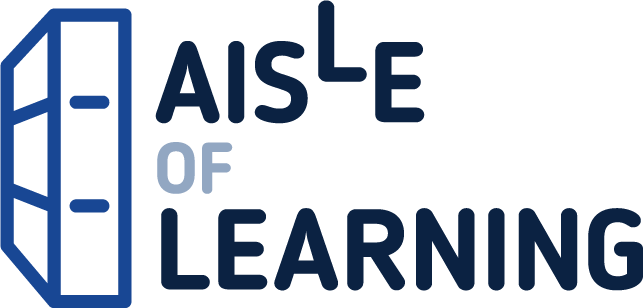This is not a college textbook. With a college textbook and course, you are expected to develop the skills to independently prove a medium-difficult complex analysis theorem. Our goal here is more modest. After studying this book, you should have the skills to read, follow, and understand someone else’s proof of a complex analysis theorem. Motivation for This Book My first published book is A Study of Bernhard Riemann’s 1859 Paper. In Riemann’s famous paper, he makes several important advances in mathematics and speculates (the “Riemann Hypothesis”) about the location of the zeros of the Zeta function. My Riemann book is intended to bring an understanding of Riemann’s paper to a wider audience by bridging the gap between John Derbyshire’s excellent but less technical book, Prime Obsession, and Harold Edward’s excellent but highly technical book, Riemann’s Zeta Function. To advance your knowledge beyond Derbyshire’s book, you must have a good understanding of complex analysis (call it knowledge at the “hobbyist” level). Several people have said they want to get to the “hobbyist” level so they can better understand my Riemann book. However, when they look at Ahlfors and other well-known (400+ page) textbooks on complex analysis, it feels like a mountain just a little too high to climb. This book is intended to help you advance to the “hobbyist” level. Who Is This Book For? Let’s assume you want to read my Riemann book. This book may be suitable if: It’s been a while since you took a college-level complex analysis course. You need a refresher, but you don’t want to slog through a 400+ page textbook. You have no prior exposure to complex analysis, but you meet the requirements below in “background knowledge assumed”. With no skimming and careful study, you should rise to the “hobbyist” level. Another possibility. You are currently a student and have just finished a course in real analysis. Your course in complex analysis is coming soon. You want to ace the course and are looking for a leg up. If you invest time studying this book (some skimming allowed), your efforts will be rewarded. Background Knowledge Assumed We assume you have a good understanding of the following topics: Sets, including point sets in two-dimensional spaces and their Euclidean distances. Differential and integral calculus, including Riemann sums. Functions of a real variable, including key properties of the elementary functions (that is, the exponential, logarithm and trigonometric functions). Continuous functions (continuity and limits); sequences and series. The above list essentially describes knowledge obtained from a course in real analysis or advanced calculus. More than anything, you must be familiar with epsilon-delta proofs. What Is in This Book? In this book, we develop much of the central theory of complex analysis, using standard/classic proofs. In our version of those proofs, we provide enough detail so the reader can follow the proofs (without outside help) from beginning to end. At the end of each chapter, we demonstrate what was learned, either with proofs of supplemental theorems or with exercises for the reader. We provide answers to all exercises in the book Appendix. Chapters 1 through 6 are the warm-up, with important definitions and with a review of familiar concepts (and an extension of those concepts to the complex plane). Chapters 7 through 13 are the heart of the book, where we study the central theorems of complex function theory, from Cauchy’s Integral Theorem through the Residue Theorem. We end with a chapter on the Argument Principle, which Riemann used to determine the number of zeros of the Zeta function inside a region of height T in the critical strip.
Complex Analysis: a Self-Study Guide
$9.99
This self-study guide enhances understanding of advanced mathematical concepts in complex analysis.
Additional information
| Weight | 0.408 lbs |
|---|---|
| Dimensions | 20.3 × 1 × 25.4 in |







Reviews
There are no reviews yet.